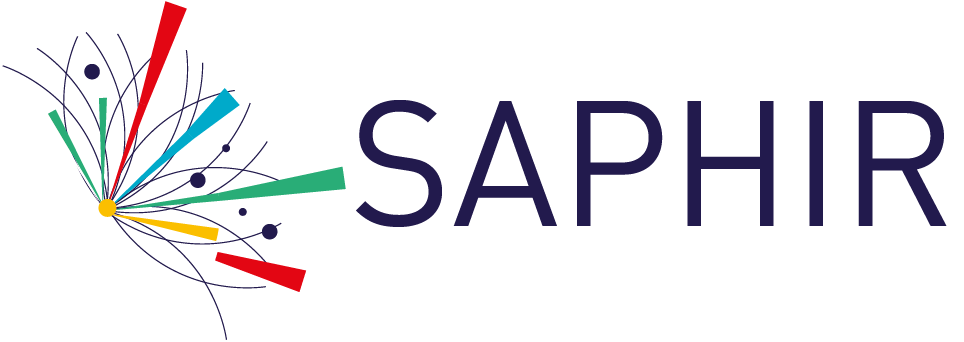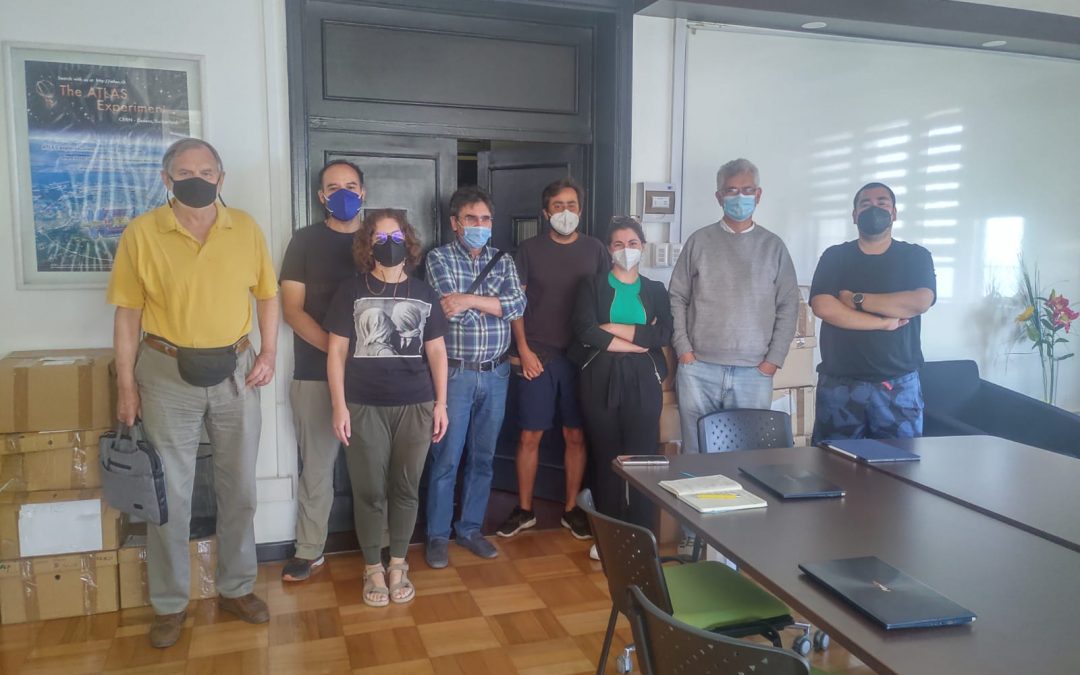The objective is to generate collaboration in theoretical physics, integrating academics from other institutions in Santiago and regions. Meetings like this one are generating a collaborative community at a national level that researches around predictions of theories to be tested at the Large Hadron Collider (LHC).
Yesterday, Wednesday, a group of researchers from the area of theoretical physics at the Saphir Millennium Institute met with a team from the Universidad Técnica Federico Santa María that conducts research in related areas.
The meeting was attended by Giovanna Cottin, Juan Carlos Helo, Sergey Kovalenko, Jilberto Zamora and Alfonso Zerwekh, and addressed topics such as the expansion of the theoretical physics community. Their objective is to create a repository of academics from other Chilean universities and institutions that research physics beyond the standard model, in order to create a nucleus with common objectives and, subsequently, to collaborate in the development of this line of research.
Theoretical physics beyond the standard model works from theoretical models with predictions that can be tested in experiments. To this end, the results of the Large Hadron Collider experiments are analyzed, which allows us to understand the feasibility of the existence of new particles hypothesized by these models, such as long-lived heavy neutrinos or dark matter particles.
The collaborative group is already targeting researchers from Santiago and regional institutions who could potentially be interested in pursuing this line of research.

